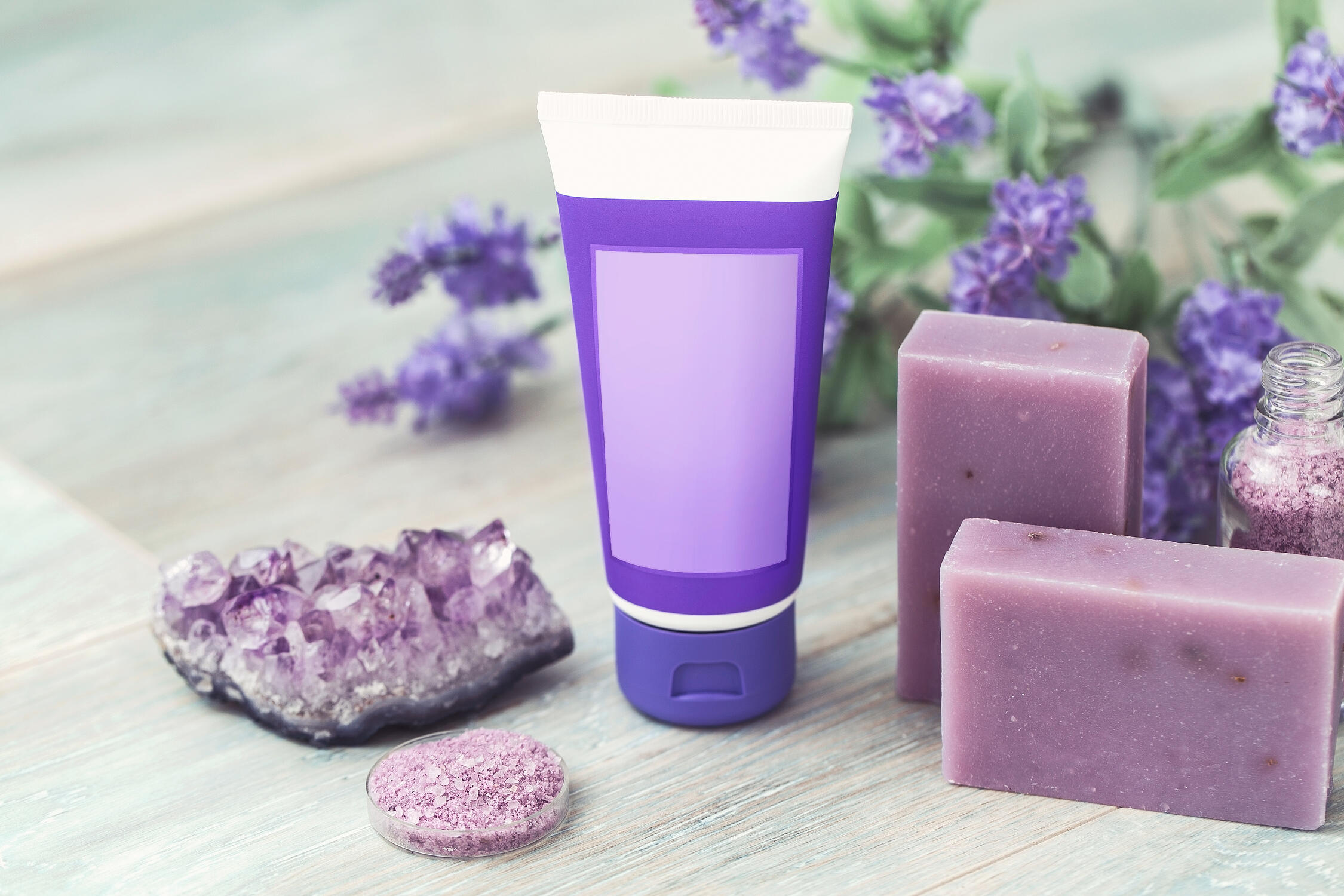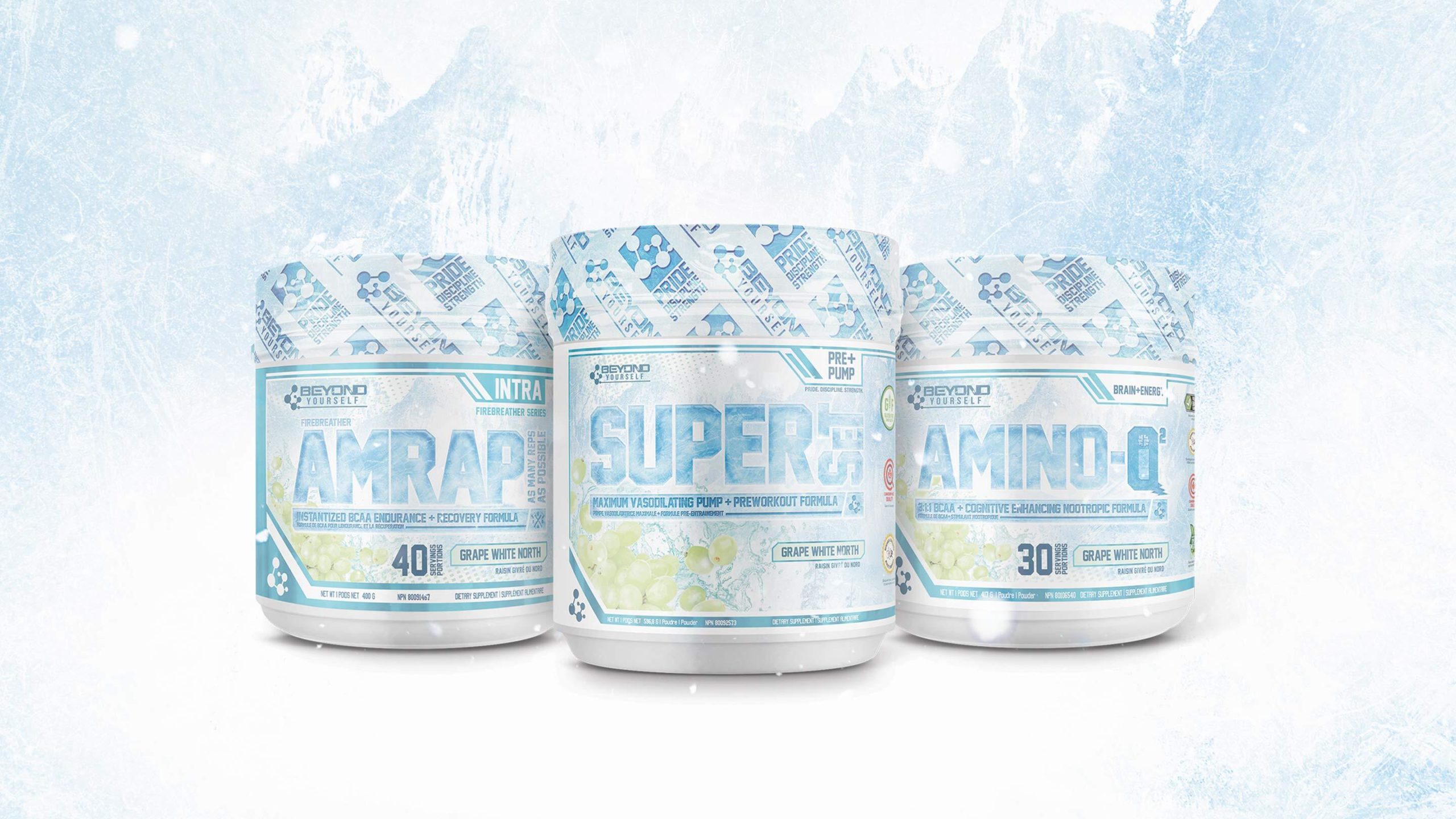How to prevent and fix problems with squeezable tube labels

Tube labels come with a variety of application and performance challenges, beyond those of “regular” labels. Think about the types of products that come in tube containers — lip balms, shampoos, body lotions, ketchups, sunblock. All of these products are held, squeezed and, inevitably, the product seeps onto the label.
So while they have many of the same application problems as other labels (read this post to see how to solve common application issues), they also have to stay on tight-radius tube containers and withstand being squeezed throughout the product lifecycle without wrinkling, falling off or flagging.
A lot of the problems with tube labels stem from using materials ill-suited for your container. For squeezable tubes, make sure to choose a film-label facestock — never paper — and an adhesive suited to your container and application environment.
Generally speaking, though, you have two options for squeezable tube labels:
- Polyethylene (PE)
PE films offer the greatest flexibility for tube labels, and come in three colors — clear, white and silver — but clear PE films can have a hazy appearance.
- Polyolefin (PO)
Polyolefin (PO) film — which comes in white and clear — works well in cases when you’re aiming for a no-label look. It offers the flexibility you need of a squeezable film label with a crystal-clear appearance.
If your container gets narrower at the top and bottom, that’s a taper. Unless you’re labeling a cylinder (think FedEx tube) your container will more than likely have a taper.
Remember that the best way to prevent tube label issues is to specify the right label material and adhesive from the beginning. Still, it’s helpful to be aware of common problems such as labels wrinkling, falling off and flagging — here, we’ll help you identify and troubleshoot these issues.
Troubleshooting common tube label application problem
1. How to keep tube labels from wrinkling when squeezed
The most common cause of wrinkling — or the formation of folds or ridges in your labels — is the use of semi-rigid label material such as polypropylene (PP). Always check with your label printer before specifying a material for your labels, but in general a PE or PO film should be used. Both are fully squeezable in all directions.
Quick tips to keep tube labels from wrinkling:
- Switch facestocks. Use PE or PO films for squeezable tube labels, never paper or rigid PP films.
- Change containers. Cheaper tubes can have seams and irregularities that can make it more likely that your labels will wrinkle.
2. How to keep labels from falling off
Although labels rarely fall off squeezable tube containers, it can happen. Greasy or dirty tubes, less-than-ideal environmental conditions and incorrect material pairings can cause labels to pop off.
Tubes often require a label that wraps all the way around the circumference of the container — many times overlapping. If your label is too small, the tension caused by squeezing the tube can make it fall off.
Even if it overlaps, the tail of the label can pull away if the overlap is too small. And it’s important to make sure the edge of the label (where the tail will overlap) is left unvarnished so the tail can adhere properly. Your label printer can help you specify the right amount of overlap and help you address any design concerns prior to production.
Quick tips to keep tube labels from falling off:
- Check the overlap. It might not be large enough to make sure the label doesn’t pop off, or there might be varnish on the edge of the label.
- Make your label larger. It might be too small to fit snugly around the radius of the tube.
- Prepare your containers properly. Any grease, water or dust on the container surface can prevent your labels from adhering fully.
- Evaluate the application conditions. Your label adhesive is designed to apply in very specific temperature and humidity conditions — ask your label printer what those conditions are and make sure they’re met.
3. How to keep labels from flagging
Tube labels are prone to flagging when you use a material / adhesive combination that isn’t designed for squeezable tubes. If, for example, you use an adhesive that isn’t strong enough on a facestock that is too rigid, your labels will pull away from the tube.
Tube labels might also flag if your label is too large or if it isn’t the right shape for a tubular container. Your label printer can help you design a custom label that is the right size and shape for your tube. Your printer can often help you make a mockup of your label so you can test the size and shape on your tube before production.
Quick tips to keep tube labels from flagging:
- Choose a different label material. You might be using a facestock that’s too rigid for squeezable tubes — go for a PO or PE film, never PP or paper.
- Switch to a stronger adhesive. Your adhesive might not be strong enough to withstand being squeezed — talk to your label supplier about what other options you have.
- Check the size and shape of your label. It might be too small for a tube container — your label printer should be able to resize your label appropriately.
Remember, if you do have label application issues it is important to inspect your labels, check your containers, and consider the application environment so you and your label provider can quickly and easily identify a solution.
As an added precaution, you might want to test your label material on your tubes before production to help identify any challenges that might come up during application. Taking a little time to talk with your label printer and get everything right the first time will go a long way to ensuring the success of your label product.
We can provide you with blank sample labels to test on your tube before placing an order. Just tell us a bit about your product, the desired look of your label and the environment in which they’ll be applied, and we’ll send you a couple options to try out. Get started today.
Find the best solution that makes the most sense for your brand.
Tags:


